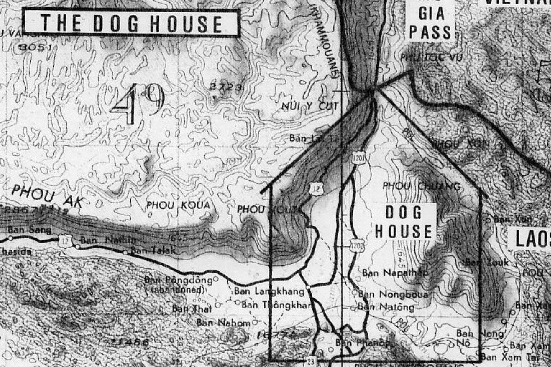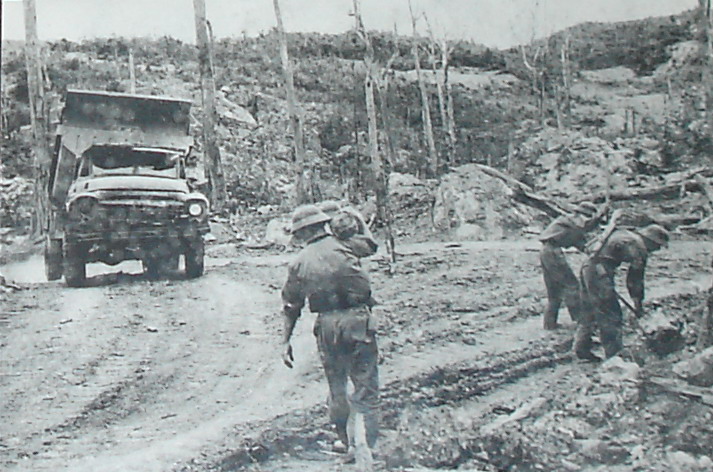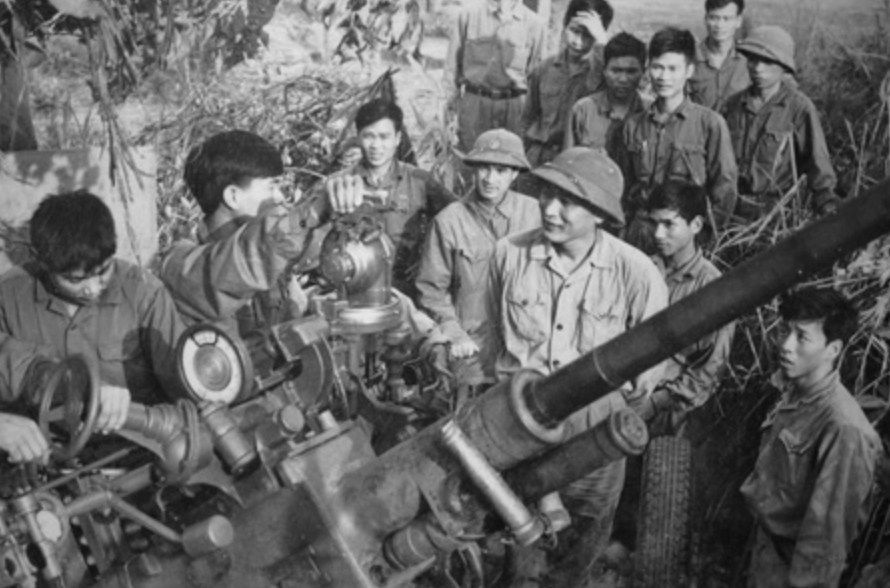
The Ho Chi Minh Trail: Then and Now (Part 1)
We’ve spent more than 20 years exploring and the Ho Chi Minh Trail in Laos, and have compiled this set of images comparing what it



























































We’ve spent more than 20 years exploring and the Ho Chi Minh Trail in Laos, and have compiled this set of images comparing what it

The Trail was a vital logistical network involving communication and pipeline networks. Keep exploring one of the largest photo collections of the Ho Chi Minh

Relentless bombing devasted the Laotian countryside. Check out part 4 of our gallery of images of the Ho Chi Minh Trail, taken before and after